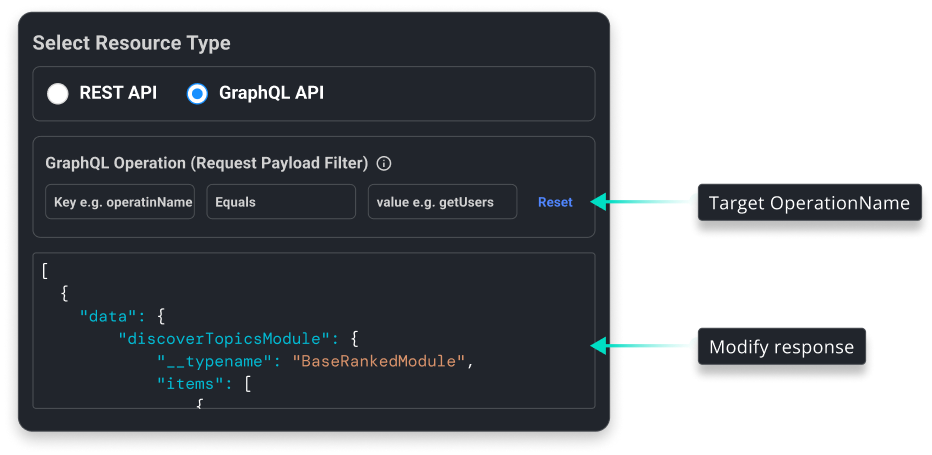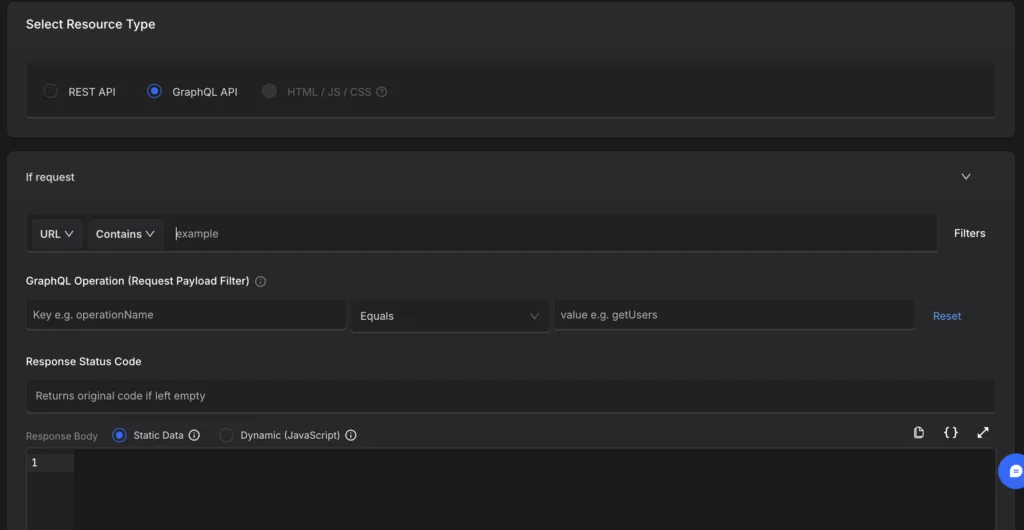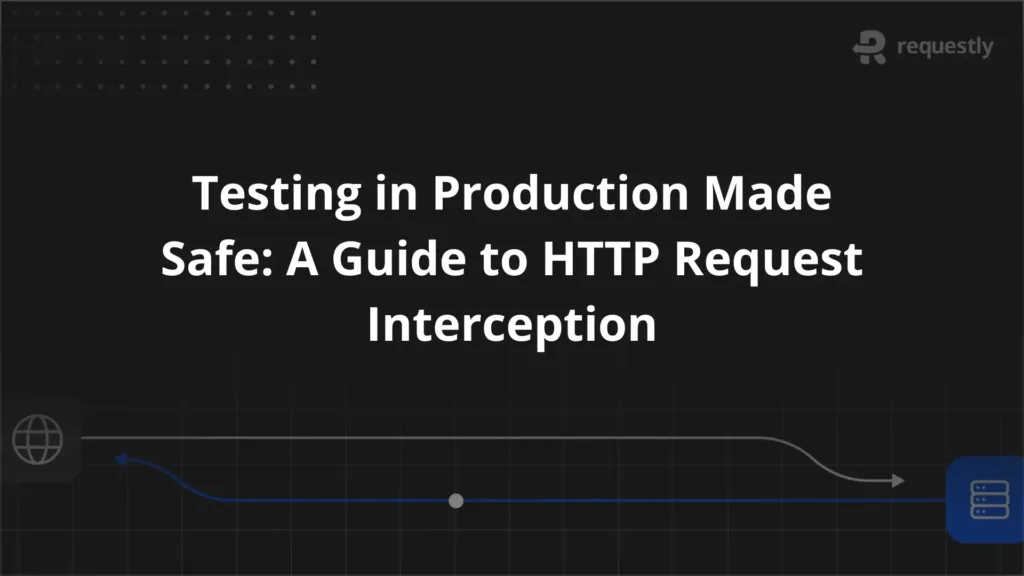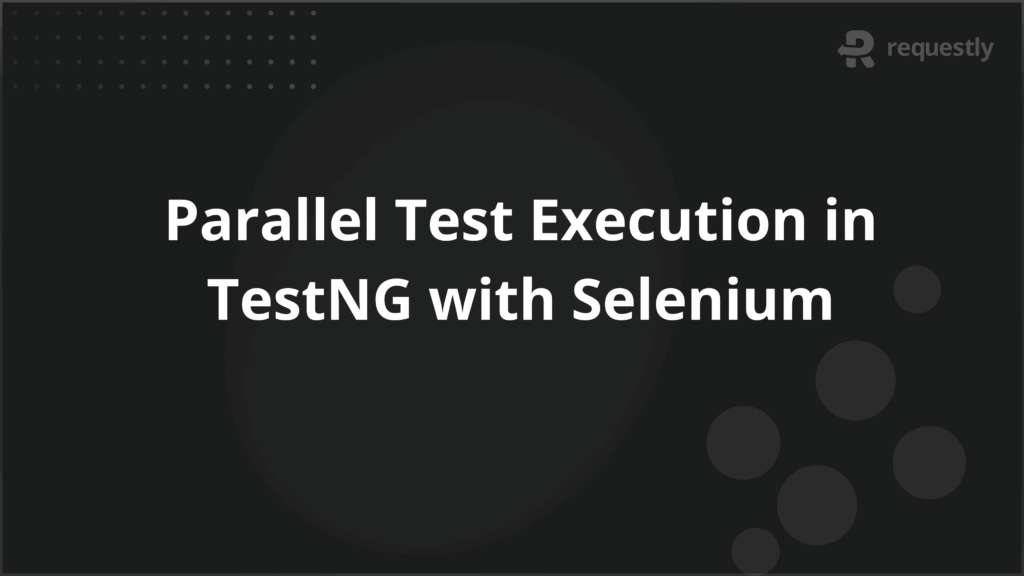How to Mock and Fake GraphQL APIs using Chrome Extension

Graphql has completely changed the way APIs are used to fetch data.
But what should a front-end developer do when he is waiting on the backend team for the API to update? This is one of the most common cases when mocking a GraphQL request is helpful.
We have tried to solve this by using a Chrome Extension that can effectively target GraphQL queries. Using simple rules you can modify and provide custom data to your GraphQL requests, without making any changes to the code.
How GraphQL really works?
GraphQL might seem like a new way to make API request, but under the hood it uses old basic HTTP.
A GraphQL request can be sent in one of two ways:
- GET request
If GraphQL is sent using a GET request, the GraphQL query string is passed in as search parameters to the endpoint
GET http://domain.com/graphql_endpoint?query={hero{name}}
- POST request
In case of the POST request, the query string, variables and even oprerationName are passed in the request body as payload.
POST /graphql
{
"operationName": "getUsers",
"query": "query getUsers { users { id email } }"
}
Understanding GraphQL Responses
Regardless of request type, GraphQL responses always return an HTTP 200 OK status—even in case of errors. The response is a JSON object following the GraphQL specification, typically with the following fields:
data: Contains successful query results.errors: Contains any errors encountered.extensions: Optional metadata.
Lets take a example. Suppose you have a GraphQL query to fetch user information, like the user’s name and email. The query might look something like this:
query {
user(id: "123") {
name
email
}
}
The response to this query will typically be structured in JSON format, with a data field that contains the results of the query.
For example:
{
"data": {
"user": {
"name": "Alice Johnson",
"email": "alice.johnson@example.com"
}
}
}
In this response:
- The top-level
datafield encapsulates the result of the query. - Inside
data, there’s auserfield that corresponds to theuserquery in the request. - The
userfield then contains the requested fields,nameandemail, with their respective values.
How to override the GraphQL response body
We can use Requestly chrome extension to specifically target GraphQL queries and modify the result that they return using the Modify Response Rule
Using operationName to Target Requests
operationName in the request payload.
POST /graphql
{
"operationName": "getUsers",
"query": `
query getUsers {
users {
id
email
}
}
`
}
To modify response of a GraphQL request, you may create a Modify API Response rule and target operationName field in the request payload.

Select Resource Type as GraphQL API and in GraphQL Operation (Request Payload Filter) enter
- key as operationName
- value as getUsers
Targeting GraphQL Requests Without operationName
operationName, you should select Resource Type as REST API and use Dynamic (JavaScript) mode to filter the request and override the response.operationName field. The operation getUsers is instead specified in query field.
POST /graphql
{
"query": `
query getUsers {
users {
id
email
}
}
`
}
function modifyResponse(args) {
const {url, response, requestData, responseJSON} = args;
if (requestData.query?.includes("query getUsers")) {
// return custom response from this query
console.log("Requestly: Modifying response", { query: requestData.query });
return {...responseJSON, custom: true};
}
// return original response
return response;
}
How to override the GraphQL request payload
You can create a Modify Request Body rule in Requestly to alter the GraphQL query or variables.
This is done by changing the request payload, which allows you to modify the query string or variables in the request body.
The JavaScript function modifyRequestBody receives arguments like method, url, body, and bodyAsJson, and you can use these to tailor your modifications.
function modifyRequestBody({ method, url, bodyAsJson }) {
if (bodyAsJson.query?.includes("query getUsers")) {
bodyAsJson.variables = { id: "999" };
return bodyAsJson;
}
return bodyAsJson;
}
In this article we have learnt how we can modify or mock the request payload and response body of GraphQL requests. While GraphQL is one of the most popular use-case of Requestly, it can help modify any type of HTTP request.
Hope it helps.
Contents
Subscribe for latest updates
Share this article
Related posts





















